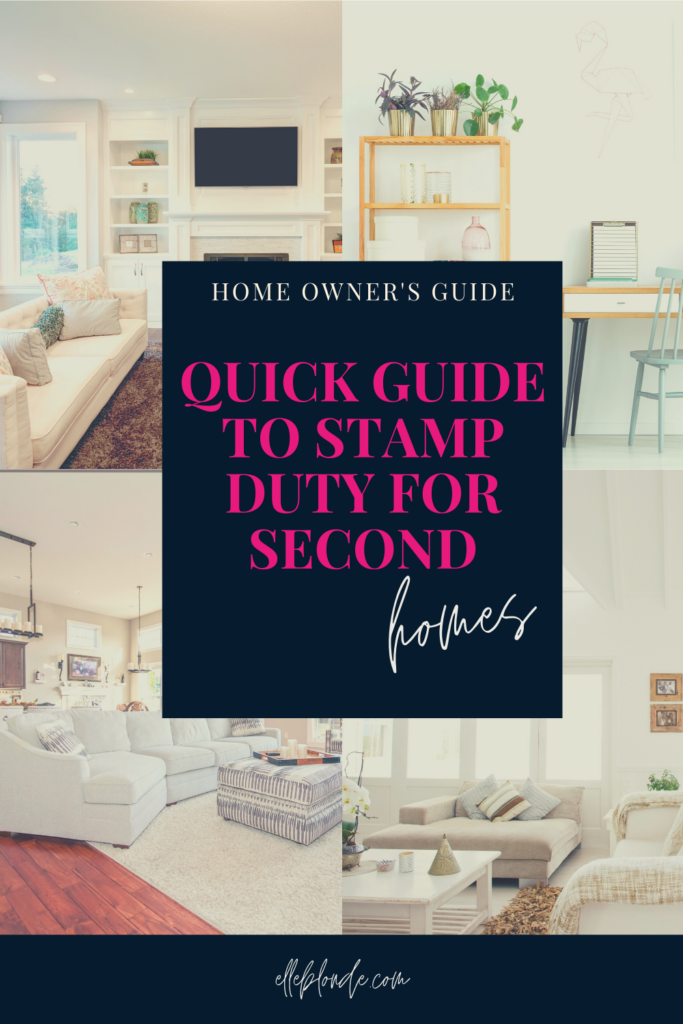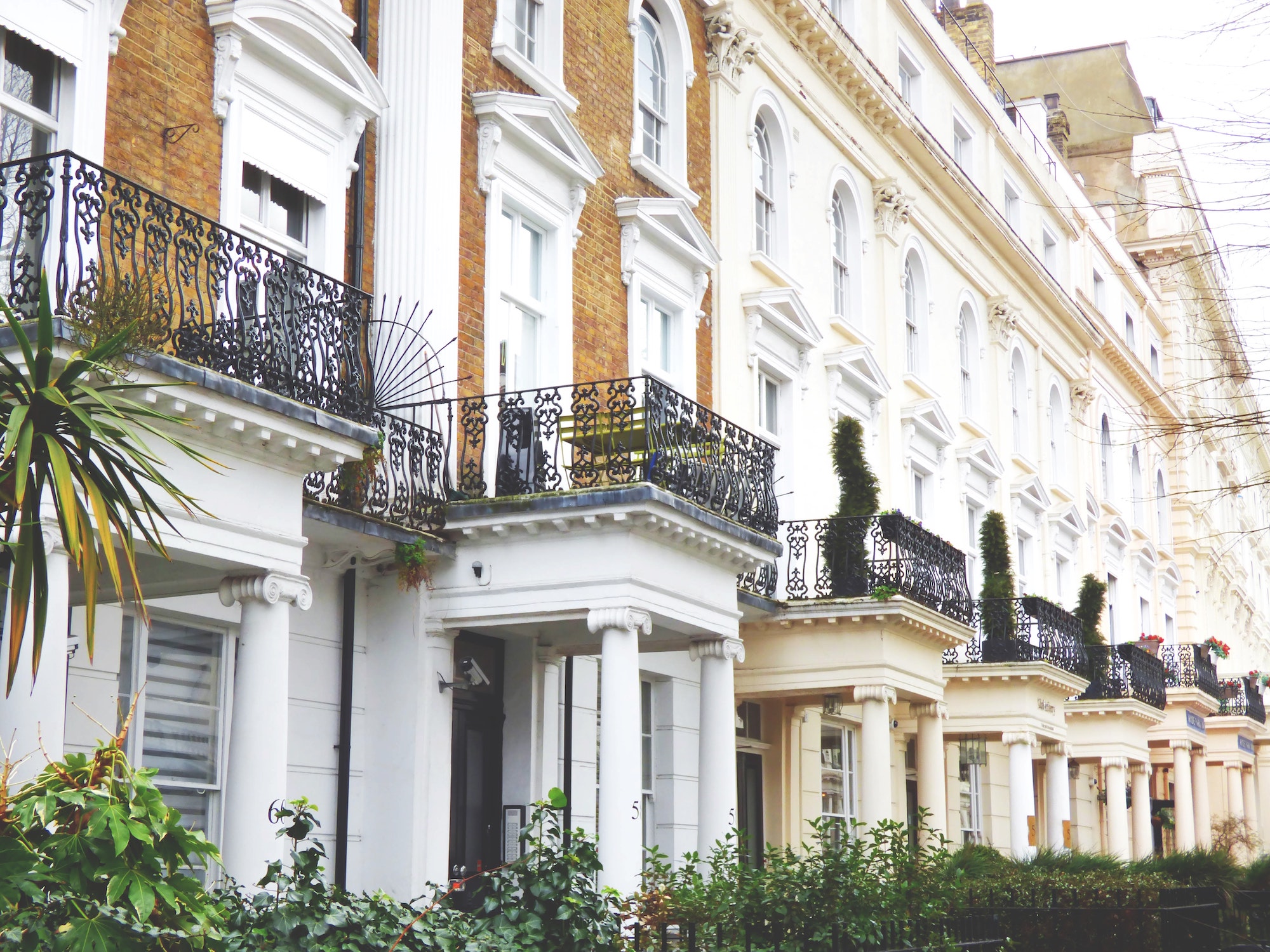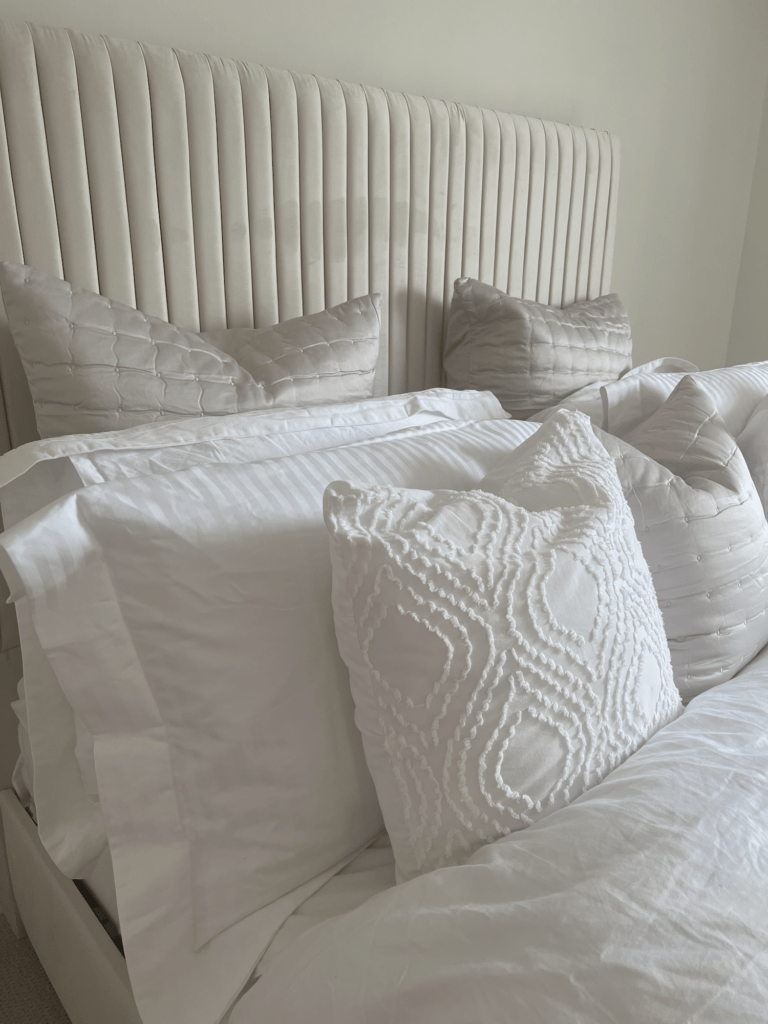5 Simple Tips For Stamp Duty Rates On Second Homes
For the purposes of tax, second homes are regarded as properties that you own but which are not your primary residence. When you sell a second home in the UK then you may be liable to pay capital gains tax against any profit you have generated since you purchased it. In addition, there is stamp duty to consider. Stamp duty covers all residential properties in the UK that are bought for £125,000 or more, although the exact rules that apply and when thresholds of taxation kick in vary in different parts of the UK because this form taxation is a devolved matter.
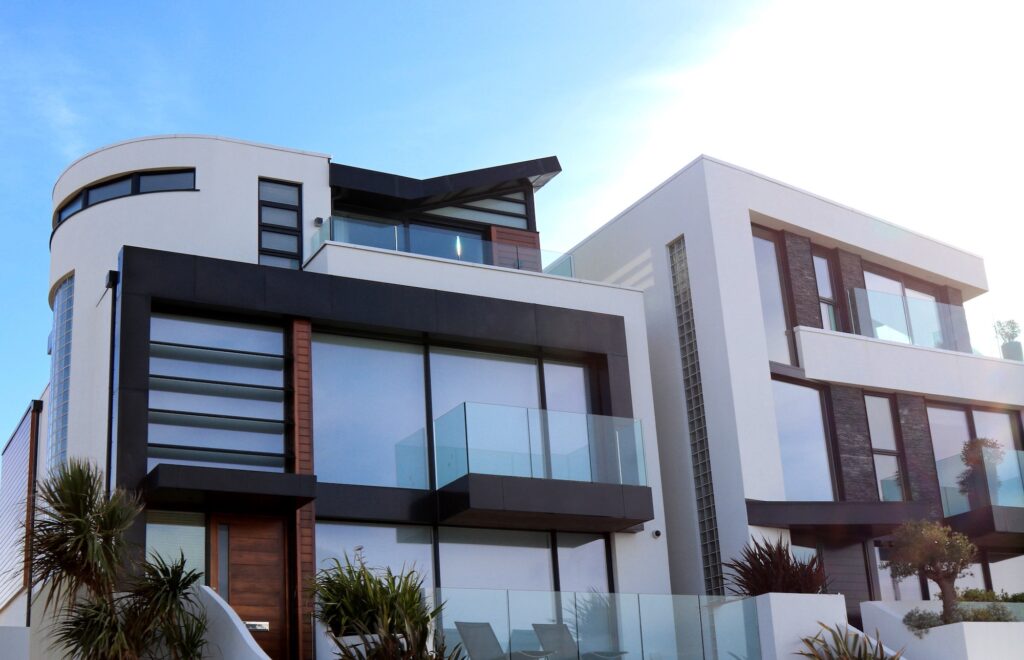
As well as stamp duty applying to all residences above a certain value, it must be paid for second homes. You should also bear in mind that stamp duty – or stamp duty land tax (SDLT), as it is more formally known – also applies to certain types of commercial property, worth knowing if your second home is a flat above a shop which you rent out, for example.
Therefore, the amount of tax that is liable when a property is purchased will vary, not only depending on where it happens to be in the country but also on who is buying it – that is, whether it will be used as a primary residence or not. Read on to find out about how much you can expect to pay on a property if it is to be used as a second home in England, Scotland or Wales.
5 Simple Tips For Stamp Duty Rates On Second Homes
Second Home Stamp Duty in England
The rules on stamp duty and second homes changed in April 2016. Since then, buyers need to fork out a surcharge on top of the usual standard stamp duty charge. Only homes which are valued at less than £40,000 are exempt from SDLT. If the property were to be a main English residence, then SDLT would only usually start to apply beyond the initial threshold of £125,000, with further thresholds applying thereafter.
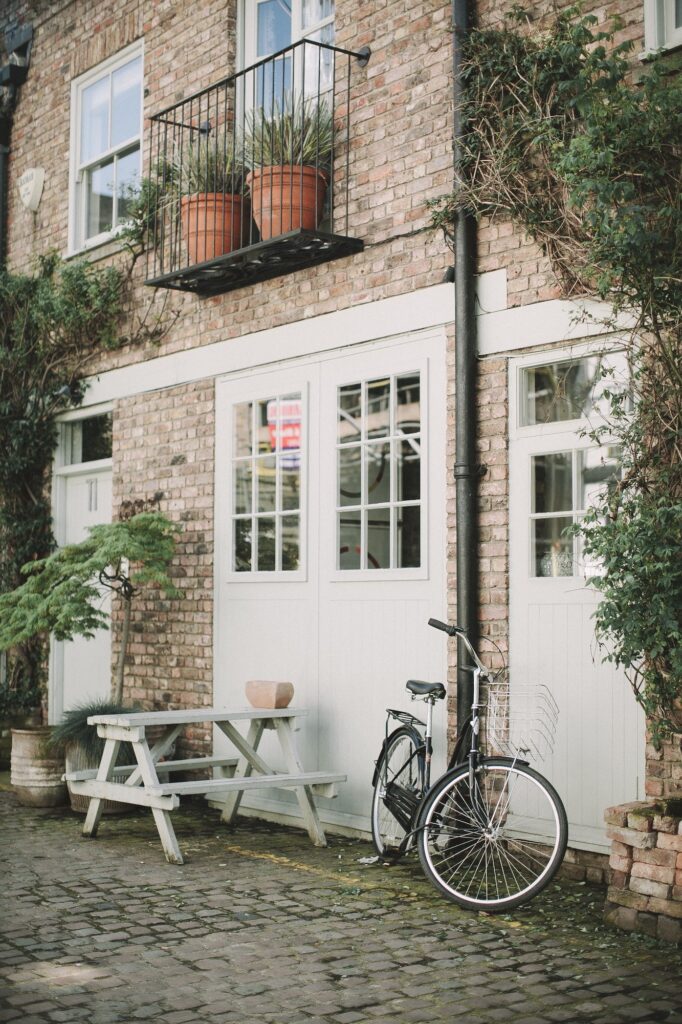
However, when it comes to second homes in England, there is no initial form of tax relief. In other words, all of the same thresholds apply when you buy a second home – even if you currently live in another part of the UK – but they are subject to an additional three percent tax levy. Specifically, you will need to pay:
– Three percent SDLT if your second home is valued up to £125,000.
– Five percent SDLT for every pound your home is valued over £125,000 up to £250,000.
– Eight percent SDLT for every pound your home is valued over £250,00 up to £925,000.
– Thirteen percent SDLT for every pound your home is valued over £925,00 up to £1.5 million.
– Fifteen percent SDLT for every pound your home is valued over £1.5 million.
In other words, you can work out the SDLT quite easily for a second English home because you will just need to work out the usual stamp duty rate that anyone would pay and simply add three percent to that sum.
Related Read;
Second Home Stamp Duty in Scotland
In Scotland, SDLT is not levied but there is an equivalent stamp duty that applies known as land and buildings transaction tax (LBTT). The system is similar to SDLT but both the thresholds and the rates at which it is charged differ. Again, second homes are charged LBTT in just the same manner as first homes north of the border but there is a surcharge that applies. For Scottish second homes, this is four percent. So, if you are buying a Scottish second home, then you will need to be able to afford:
– Four percent LBTT if your second home is valued up to £145,000.
– Six percent LBTT for every pound your home is valued over £145,000 up to £250,000.
– Nine percent LBTT for every pound your home is valued over £250,000 up to £325,000.
– Fourteen percent LBTT for every pound your home is valued over £325,000 up to 7250,000.
– Sixteen percent LBTT for every pound your home is valued over £750,000.
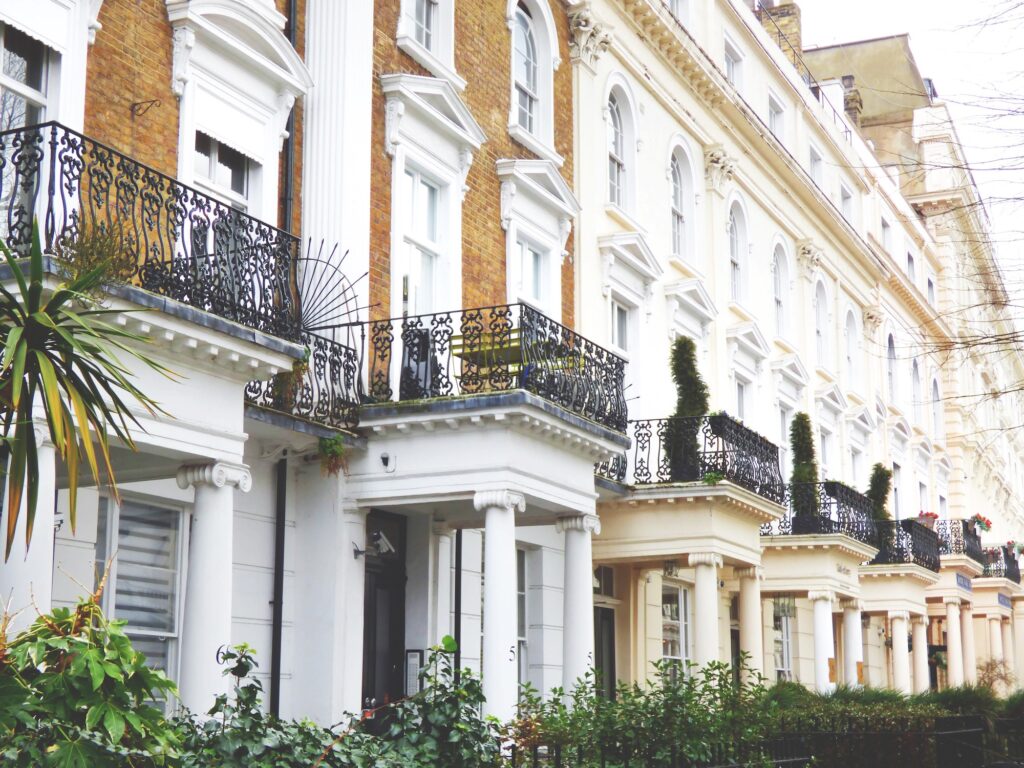
Second Home Stamp Duty in Wales
In Wales, stamp duty is known as land transaction tax (LTT). As with English second homes, it is levied as a three percent surcharge but the thresholds differ, reflecting the Welsh housing market. The corresponding LTT rates are:
– Three percent LTT if your second home is valued up to £180,000.
– Six-and-a-half percent LTT for every pound your home is valued over £180,000 up to £250,000.
– Eight percent LTT for every pound your home is valued over £250,00 up to £400,000.
– Ten-and-a-half percent LTT for every pound your home is valued over £400,000 up to £750,000.
– Thirteen percent LTT for every pound your home is valued over 750,00 up to £1.5 million.
– Fifteen percent LTT for every pound your home is valued over £1.5 million.
